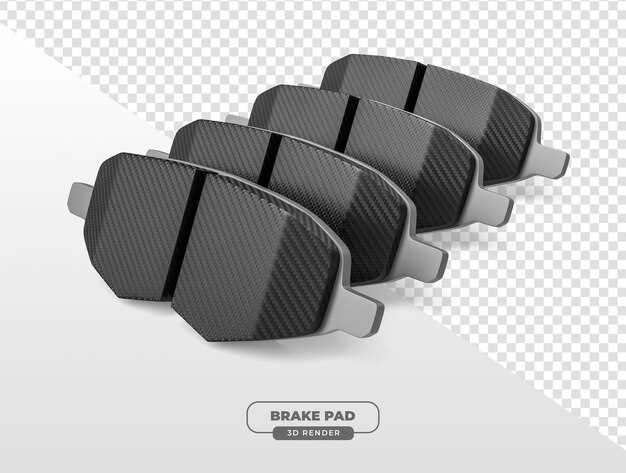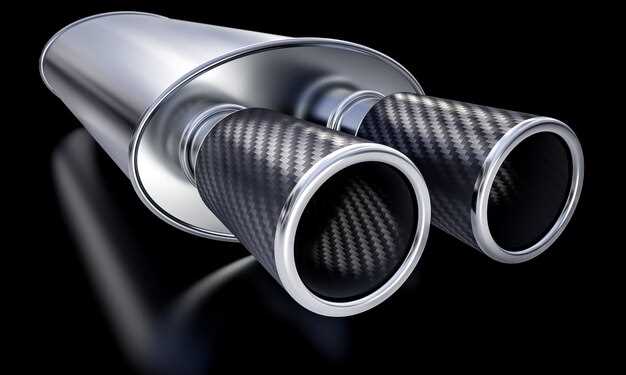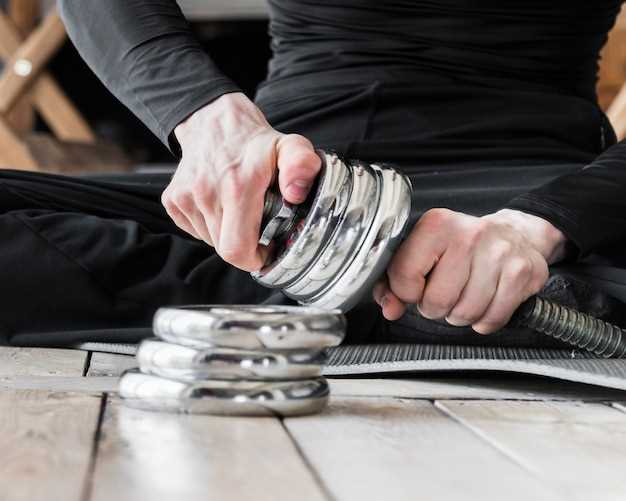
In the quest for speed and performance in motorsport, carbon fiber has emerged as a revolutionary material. Its unique properties make it an ideal choice for automotive components, enabling manufacturers to create lightweight parts without compromising strength or durability. The reduced weight of these carbon fiber components significantly enhances vehicle dynamics, ultimately leading to faster lap times on the track.
The correlation between weight and performance cannot be overstated. Lighter cars can accelerate more rapidly, maneuver with greater agility, and achieve higher speeds on straights. By integrating carbon fiber into key components such as body panels, chassis elements, and suspension parts, engineers are unlocking the potential for substantial weight savings. This not only improves lap times but also enhances fuel efficiency and handling characteristics.
Moreover, the adaptability of carbon fiber allows for innovative designs that further optimize aerodynamic performance. With advanced manufacturing techniques, it is possible to produce complex shapes that reduce drag and increase downforce, resulting in a more stable and responsive vehicle at high speeds. As the demand for competitive edge intensifies, the automotive industry continues to harness the benefits of this remarkable material to push the limits of performance, making carbon fiber a key player in achieving faster lap times.
Advantages of Carbon Fiber in Racing Applications

Carbon fiber has revolutionized the racing industry, primarily due to its exceptional weight to strength ratio. This material allows for the creation of components that are not only lightweight but also incredibly sturdy. By reducing the weight of vehicles, manufacturers can enhance performance, resulting in faster lap times and improved handling.
One of the key benefits of carbon fiber is its ability to absorb impact without compromising structural integrity. This durability is critical in racing, where vehicles endure high-speed collisions and extreme forces. Additionally, the lightweight properties allow engineers to design cars that can accelerate more quickly, brake faster, and maneuver with greater agility on the track.
Another advantage of carbon fiber is its versatility in various applications, ranging from aerodynamic components like wings and spoilers to interior parts such as dashboards and seat shells. By integrating carbon fiber into these areas, teams can drastically decrease the overall weight of the car, which directly correlates to better lap times.
Furthermore, the aesthetic appeal of carbon fiber cannot be overlooked. Its unique woven texture not only contributes to performance but also enhances the visual identity of racing vehicles, making them more attractive to fans and potential buyers alike. In summary, the use of carbon fiber in racing applications leads to significant performance improvements through reduced weight, increased durability, and enhanced aesthetics.
Techniques for Weight Reduction with Carbon Fiber Parts

Carbon fiber is a lightweight and high-strength material that offers significant advantages in weight reduction across various applications, especially in motorsports and automotive industries. Implementing carbon fiber components effectively can lead to faster lap times due to decreased overall vehicle mass.
One major technique for weight reduction involves optimizing the design of carbon fiber parts through advanced engineering methods such as topology optimization and finite element analysis (FEA). These processes allow engineers to identify areas where material can be removed while maintaining structural integrity, resulting in lighter components without compromising performance.
Another technique is the use of composite layup strategies, where different fiber orientations can be applied to distribute loads and stresses more efficiently. By tailoring the fiber angle and layering thickness, designers can produce parts that maximize strength-to-weight ratio and minimize unnecessary mass.
Utilizing automation in the manufacturing process, such as automated fiber placement (AFP) and robotic weaving, can enhance precision and consistency in carbon fiber component production. This not only streamlines the manufacturing process but also promotes weight reduction by ensuring optimal resin-to-fiber ratios, leading to more efficient final products.
Additionally, integrating carbon fiber with other materials, such as aluminum or thermoplastics, allows for hybrid structures that can further contribute to weight reduction while enhancing specific performance attributes. This multi-material approach can lead to innovative design solutions that benefit overall vehicle dynamics.
Furthermore, continuous research in resin systems and curing methods plays a crucial role in improving the properties of carbon fiber components. Advanced resins can contribute to lighter and more durable parts, ensuring that the benefits of weight reduction are realized without sacrificing strength or performance.
Real-World Case Studies of Enhanced Performance
In the competitive world of motorsports, the quest for faster lap times has led many teams to explore innovative materials. One notable case study features a prominent racing team that integrated carbon fiber components into their vehicle design. This strategic decision resulted in a significant reduction in overall weight, enhancing both acceleration and cornering capabilities.
Another example can be found in the automotive industry, where a high-performance sports car manufacturer utilized carbon fiber for its chassis and body panels. This choice not only facilitated a reduction in weight but also improved structural rigidity. The result was a vehicle that achieved shorter lap times on various tracks, showcasing the tangible benefits of advanced materials.
Additionally, a leading engineering firm conducted extensive testing on carbon fiber wheel designs. By replacing traditional materials, they reported a sharp reduction in rotating mass, contributing to quicker acceleration and improved braking performance. The outcomes from their studies demonstrated that weight savings and efficiency gains are critical for achieving optimal performance on the racetrack.
These real-world examples illustrate how the incorporation of carbon fiber technology leads to enhanced performance in automotive applications. As teams and manufacturers continue to prioritize weight reduction, the shift towards fiber materials will likely remain a cornerstone of innovation in pursuing faster lap times.



